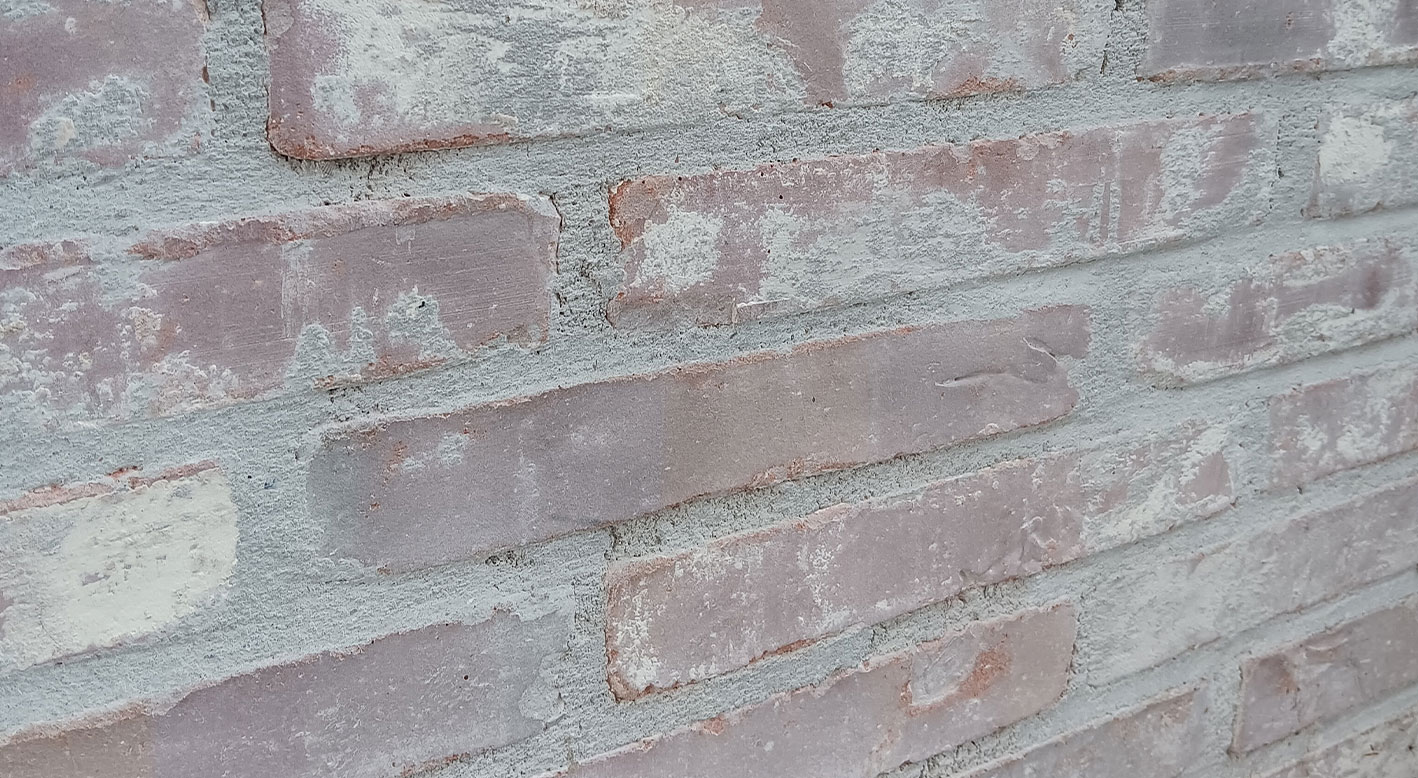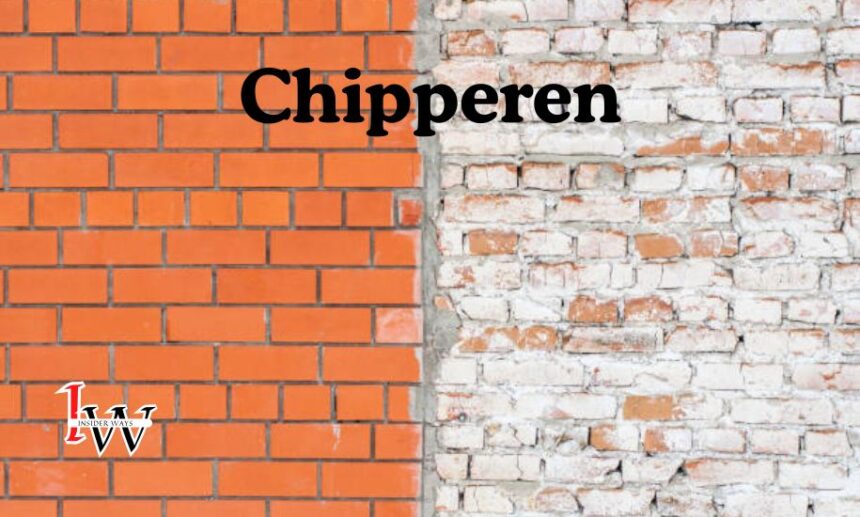In the rapidly evolving world of construction and architecture, innovative materials and technologies are continuously being developed to meet the demands of sustainability, efficiency, and cost-effectiveness. One such groundbreaking innovation is chipperen. This new material is gaining attention for its potential to revolutionize the construction industry, promising a sustainable alternative to traditional building materials.
What is Chipperen?
Chipperen is an advanced composite material made from recycled wood chips and resins. The name “chipperen” is derived from the words “chip” and “resin,” highlighting its core components. This eco-friendly material is designed to be a versatile and durable substitute for conventional wood, concrete, and even steel in various construction applications.
The production process of chipperen involves the collection of wood waste, primarily from sawmills and construction sites. These wood chips are then cleaned, processed, and mixed with specially formulated resins to create a robust composite material. The resulting product can be molded into different shapes and sizes, making it suitable for a wide range of construction purposes.
Environmental Benefits
One of the most significant advantages of chipperen is its environmental impact. The construction industry is notorious for its high levels of waste and carbon emissions. Traditional building materials like concrete and steel contribute significantly to greenhouse gas emissions due to their energy-intensive production processes. Chipperen offers a sustainable alternative by utilizing recycled wood waste, reducing the need for new timber and lowering carbon footprints.
Additionally, the production of chipperen requires less energy compared to conventional materials. The use of recycled wood chips not only minimizes waste but also helps in reducing deforestation. By incorporating chipperen into construction projects, builders can contribute to the conservation of forests and promote a circular economy.
Durability and Performance
Chipperen is not just environmentally friendly; it also boasts impressive durability and performance characteristics. The combination of wood chips and resins creates a material that is strong, lightweight, and resistant to various environmental factors. Chipperen exhibits excellent resistance to moisture, pests, and fire, making it a reliable choice for both indoor and outdoor applications.
In terms of structural integrity, chipperen can rival traditional materials like concrete and steel. It has high tensile and compressive strength, allowing it to be used in load-bearing structures. Moreover, its lightweight nature makes it easier to transport and handle, reducing construction time and labor costs.
Versatility in Applications
The versatility of chipperen is another key factor driving its adoption in the construction industry. This material can be used in a variety of applications, ranging from residential to commercial and industrial projects. Some common uses of chipperen include:
- Wall Panels and Cladding: Chipperen can be molded into panels for interior and exterior walls. Its aesthetic appeal, combined with durability, makes it an excellent choice for cladding applications.
- Flooring: The strength and resilience of chipperen make it suitable for flooring. It provides a warm, natural look while offering resistance to wear and tear.
- Furniture: Chipperen can be used to create stylish and sustainable furniture pieces. Its versatility allows for intricate designs and finishes.
- Structural Components: Chipperen’s strength and lightweight properties make it ideal for beams, columns, and other structural elements.
- Roofing: Chipperen can be used for roofing applications, providing a durable and weather-resistant solution.
Economic Benefits
Beyond its environmental and performance advantages, chipperen also offers economic benefits. The use of recycled wood chips reduces raw material costs, making chipperen a cost-effective option for builders and developers. Additionally, the lightweight nature of chipperen reduces transportation and handling costs, further contributing to overall project savings.
The durability and low maintenance requirements of chipperen also translate into long-term cost savings. Structures built with chipperen are less prone to damage and require fewer repairs over time, ensuring a longer lifespan and lower lifecycle costs.
Challenges and Future Prospects
Despite its numerous advantages, chipperen is still a relatively new material in the construction industry. As with any emerging technology, there are challenges to overcome. One of the primary challenges is achieving widespread acceptance and adoption. Builders and developers may be hesitant to switch to a new material without comprehensive performance data and real-world case studies.
To address these challenges, ongoing research and development are crucial. Continued testing and refinement of chipperen will help establish its reliability and performance in various conditions. Additionally, industry partnerships and collaborations can facilitate knowledge sharing and promote the benefits of chipperen to a broader audience.
The future prospects of chipperen are promising. As sustainability becomes an increasingly important consideration in construction, materials like chipperen will play a vital role in shaping the industry’s future. With its eco-friendly attributes, durability, versatility, and cost-effectiveness, chipperen has the potential to become a staple in sustainable construction practices.
Conclusion
Chipperen represents a significant step forward in the quest for sustainable and innovative construction materials. By leveraging recycled wood waste and advanced composite technology, chipperen offers a viable alternative to traditional building materials. Its environmental benefits, combined with its durability, versatility, and economic advantages, make it a compelling choice for modern construction projects.
As the construction industry continues to evolve, embracing materials like chipperen will be essential in building a more sustainable and resilient future. With ongoing research and development, chipperen has the potential to become a cornerstone of eco-friendly construction, paving the way for greener and more efficient building practices worldwide.


